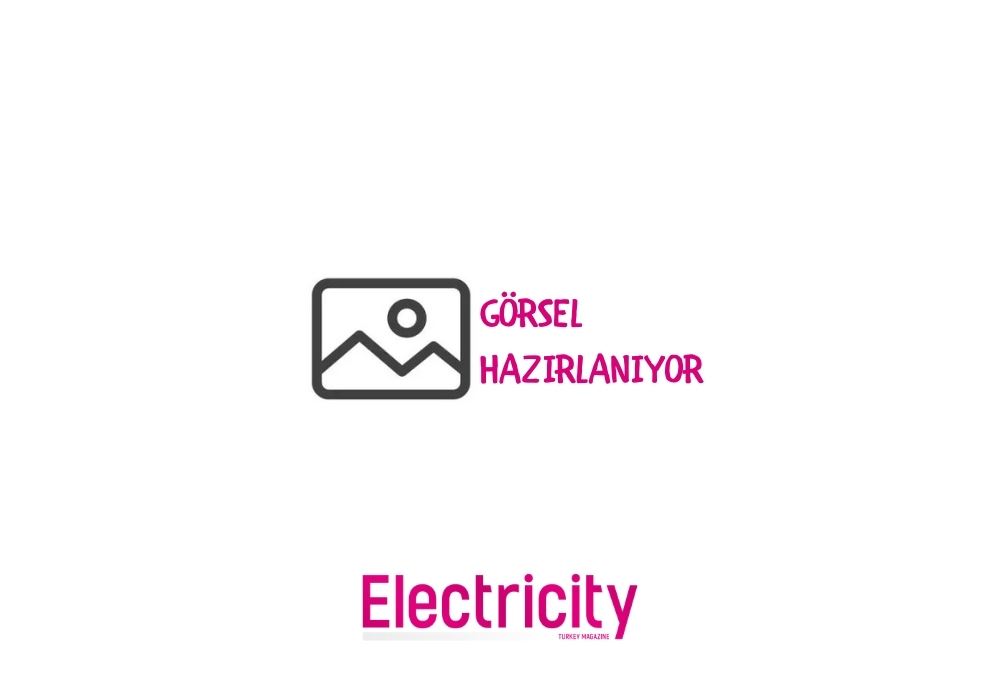
In energy transmission and distribution systems, technological developments allow the use of underground cables instead of overhead lines, especially in city centers. But planning, installing, consolidating and terminating these systems requires more manpower, skills and planning.
The first step in wiring is to determine the cable cross-section. Voltage drop calculation, short circuit current and current carrying capacity are important factors for cable cross-section calculation.

To ensure the acceptability of cables according to national and international standards and field requirements, numerous tests are performed on the cables.

The cables sent to the site for installation work follow a series of processes similar to the sequence below for installation.
1.Storage of cable reels
2.Planning and route research for installation
3.Installation type
4.Road crossings / Pipe laying
5.Cable laying (ditch/pan/duct/hanger)
6.Post-laying test
BCMerging / Link
8.Route or warning signs

Especially since the cables to be laid underground will interact with the soil after cable laying or installation, it is very important to ship the cable under appropriate conditions, to store the cable or to store the rollers in order to prevent the insulation quality of the cable from deteriorating or to be exposed to any damage before laying or installation.
When determining the cable route, a detailed research should be carried out before starting any activity before the project phase. While the route should be chosen in such a way as not to complicate the wiring work, damage and endanger existing systems; on the other hand, the work to be done at the time of cable maintenance should be considered.

During laying, the types of mounting that may have an effect on the current-carrying capacity of the cable should be included in the system in the calculation of voltage drop. For this, the standards and regulations published by the relevant institutions should be used. Within the cable technical specification to be created for the cable, explanations from TS IEC 60364 series, Electrical High Current Facilities Regulation or TEİAŞ / TEDAŞ specifications can be used as examples.
Depending on the suitability of the route determined for cable laying, multiple different types of mounting can be applied underground, in pipes, in pans, in channels or with the help of hangers. At cross-roads such as streets, roads on the cable route or at intersections with other systems, cables should be protected with pipes or ice. For other values such as pipe diameter, depth and distance to be used, the Electrical Distribution Networks Energy Cables Installation Procedures and Principles of TEDAŞ Project and Facility Department can be used in our country.

According to the type of installation that will be applied during the installation of the cable, it is necessary to pay attention to the laying conditions. For example; Attention should be paid to such issues as the width of the cable ditch for underground cables, the height of the sand for bedding, the width, height, material type or the floor temperature applicable to all installation types, the positions and shares of the additional points, if any, the line length (for transposition).
Another issue to be considered during cable laying is the bending diameter of the cable. The cable must be bent at the rates allowed at the turning points, accompanied by the values specified by the regulations or the manufacturer. Twist diameter, route direction, installation type and conditions may affect as well as excessive bending angle may have negative effects on cable service life.
In projects where more than one cable should be used in the same phase, if the right application method is not selected; The impedance difference between the cables can cause uneven current passages through the cables, the unbalanced currents passing through the cables (load distribution to be even), the cables can rise to different temperatures and cause overheating.

The pull of the cable during cable laying is an important consideration. Attention should be paid to the suitability of the materials used to the type of installation, the adequacy of the gravitational force, the speed and uninterruptedness. According to the method to be applied, it is necessary to fulfill the desired conditions.

After the cable laying, several tests are applied to check whether the cable continues to be suitable or has the desired characteristics. These are; voltage tests, cable capacitance and impedance measurement, insulation, conductivity, connection or partial discharge tests. In order to complete the laying process, it is necessary to place warning tapes and sign plates in accordance with the specifications specified in the mounting standards and relevant regulations in the assembly area.

In order to connect the cable with the system, it is necessary to use cable shoes or cable heads, and to make these connections with products that comply with IEC standards or TEDAŞ specifications. In this way, the cables are protected from moisture and dust, while any short circuits that may occur are controlled.
Before finishing the process of laying cables, it will be correct to visually check it. It is necessary to ensure that the cable positions and positions are correct, that if more than one cable is laid, that there is the right amount of space between them, that the pipes through which the cable passes are correctly closed against the ingress of water and rodents, whether there is any damage to the cable and if damage is detected, that it is repaired appropriately by authorized personnel.
 SİZİN DÜŞÜNCELERİNİZ?
SİZİN DÜŞÜNCELERİNİZ?